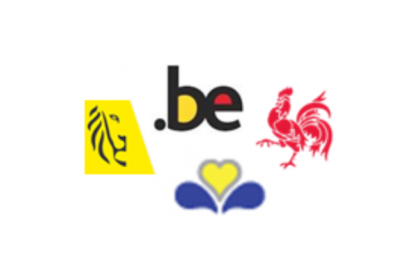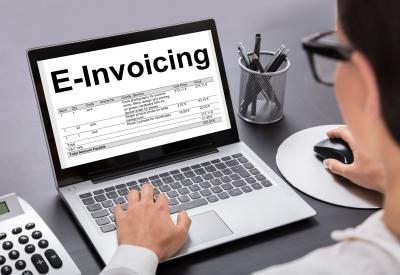Private individuals receive 50% of all invoices issued, amounting to roughly 500 million invoices per year. Given the volume at stake, digitising these invoices and automating their processing is undoubtedly, in the long term, the biggest challenge ahead of us.
We are seeing a constant rise in our quality of life, and with it, the number of service providers we use: internet provider, magazine or newspaper distributor, cleaner, gym, insurance broker, nutritionist, private teacher, etc. There is no shortage of examples, and they vary for each household. But they all have one thing in common: request a service, and you will be invoiced for it! Managing the payment of domestic invoices is, therefore, a much more tedious and time-consuming administrative task than it used to be.
e-Invoicing to save time and money.
Now wouldn’t it be nice if you could just offload all these tedious and yet necessary tasks? This is where e-Invoicing comes into the picture: machines do all this better than we do, and without complaining about it! As explained in the article The challenges of electronic invoicing for companies, the surge in the volume of purchasing documents to be processed in the wake of the increasing use of subcontractors by large companies is what triggered e-invoicing in the first place 30 years ago. The cause is different, but the symptom is the same: the volume of invoices to be processed is spiralling.
According to studies commissioned by the Agency for Administrative Simplification (ASA), digitisation/automation of invoice processing for private individuals would generate efficiency gains of around €5.32 per invoice. Applied to 500 million invoices, this therefore represents a saving of € 2.66 billion a year. Some of these savings have already been achieved today, in particular, thanks to the PDF format, which is already in common use and reduces the cost of processing the invoice by €3.24. However, we still have our work cut out for us before we achieve full digitisation and automation.
Where do we stand today?
The full automation of electronic invoices for individuals is still out of reach, but it is gradually moving closer, thanks to a number of measures aimed at public services:
-
the European Standard: published at the end of 2017, which standardises e-invoices, regardless of the sector of the company issuing them. In doing so, it paves the way for the rollout of this innovation outside of its historical scope of action, namely large companies.
-
Directive 2014/55: it creates a market for the implementation of this standard, namely the public authorities, which account for 15% of purchases in the economy, and are the first to be affected by inter-sectoral invoicing.
-
the Peppol framework: it allows the implementation of structured electronic document exchanges from any computer to any computer, without human intervention. Although currently implemented mainly for inter-company flows, it could eventually be extended to invoices sent to private individuals.
In the meantime, SMEs should quickly see positive repercussions from this movement: like public authorities, they are mainly concerned by inter-sectoral invoicing.
A little more patience.
In this gradual rollout logic, individuals only come into the picture in the fourth and final phase. However, as noted above, this does not prevent some overlap between the phases.
In addition, the adoption of invoicing based on a hybrid model (PDF invoices), which is faster than end-to-end e-invoicing, is already generating substantial savings.
Finally, some software publishers have already taken the lead in this segment. The movement is still in its infancy, and the software in question remains a niche product. It is nevertheless off to a promising start.










